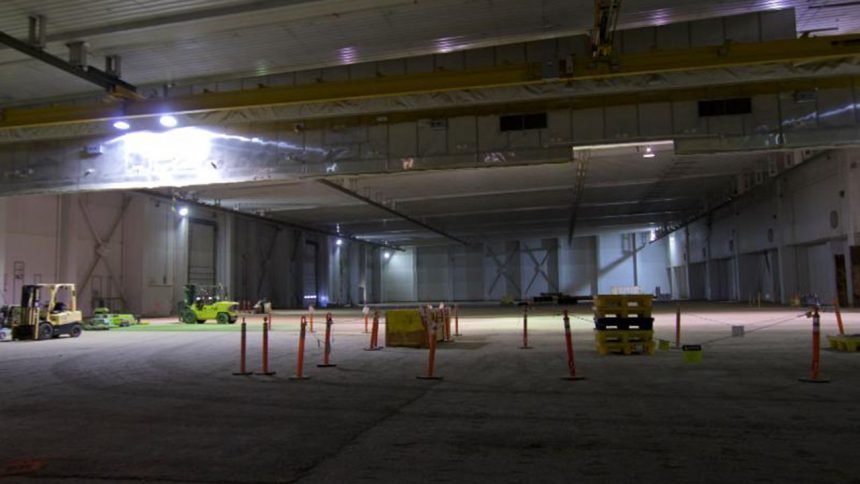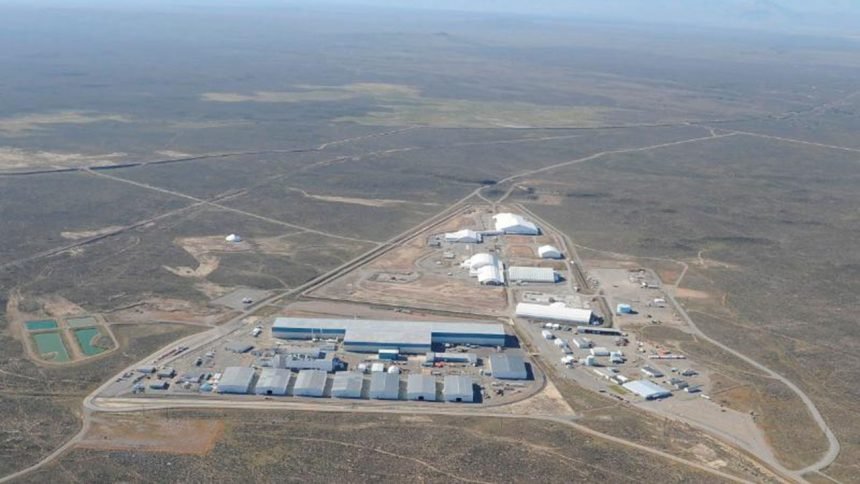Idaho Site’s largest building moves closer to closure


IDAHO FALLS, Idaho (KIFI) – With the Department of Energy Office of Environmental Management’s (EM) mission completed in major sections of the Idaho National Laboratory (INL) Site’s largest building, workers have emptied those areas to prepare them for closure under federal and state regulations.
At more than 316,000 square feet, the Transuranic Storage Area/Retrieval Enclosure (TSA/RE) is comparable in size to more than five football fields. It contained Cold War weapons waste for decades.
Remaining barrels and boxes of waste, heavy equipment, and metal debris were removed from the facility, which is part of the Advanced Mixed Waste Treatment Project’s (AMWTP) complex. Personnel with EM INL Site cleanup contractor Fluor Idaho are removing the asphalt floor of the building and will dispose of the material at an on-site landfill.
In addition to removing more than 5,000 waste containers from the TSA/RE, crews demolished two inner contamination enclosures, which are soft-sided buildings with extensive air filtration for repackaging large, contaminated items. They also decontaminated three forklifts so they can be used elsewhere. In the last two decades, more than 100,000 waste containers have been removed from the facility.
The TSA/RE, about 7 acres in size, was built over an above-ground waste storage pad used from 1970 until the late 1980s to store waste generated from the Rocky Flats Plant near Denver and other waste generators during the height of the Cold War.
While the pad was in use, waste was periodically covered with soil, which was compacted with heavy equipment. Once the TSA/RE was erected over the soil berm, crews exhumed, characterized, treated, repackaged, certified, and shipped the waste out of Idaho for permanent disposal. Crews retrieved the last waste from the berm in early 2017 but continued to use sections of the TSA/RE for characterization, repackaging, and storage.
Under the closure strategy for the AMWTP, the TSA/RE will be the first building closed under the first phase. The north end of the building will be demolished to make way for a drainage canal that will channel water from the nearby 97-acre Subsurface Disposal Area (SDA), which will be capped with native rocks and soil.
The second and third phases involve the closure of the treatment facility, associated buildings, and remaining AMWTP buildings once the inventory of transuranic and low-level waste is shipped out of state for disposal. Off-site shipments of the remaining waste are expected to continue through 2028 based on the current schedule.
